Why A Raw Meaty Bones Diet?
Feeding A Raw Meaty Bones Diet For The First Time
Switching from kibble or canned food and its benefits.*
Congratulations. You are about to embark on a wonderful voyage of discovery. Switching your pets’ diet from industrial food to wholesome, raw, natural food akin to the diet of wild animals will bring innumerable benefits for you and your pets.
Unlearn conventional dogma. Initially you may be feeling a bit apprehensive and wanting a smooth transition. How, then, to make the process as easy and enjoyable as possible? Perhaps the best advice I can give you is to make strenuous efforts to ‘unlearn’ the beliefs and assumptions you’ve depended on these past years — or at the very least, keep your beliefs and assumptions in suspense until you’ve experienced the multiple benefits of a natural diet.
When I first made the transition to feeding my own animals a natural diet and recommending a natural diet for my clients’ animals I was wracked with conflicting beliefs and ideas. At the vet school I’d been conditioned (brainwashed) to believe that pets were best fed industrial food formulated by so-called experts in white coats. The supermarket shelves were packed with products that must be good for animals — otherwise they would not be there — I thought. And after five years at vet school and several years in vet practice I rather thought I was in a key position to diagnose and treat pets. Vet text books, vet associations and veterinary regulatory authorities all reinforced these attitudes and assumptions.
By even contemplating rejection of the industrial offerings and acceptance of raw food set up all sorts of internal conflicts and contradictions. Fear (False Expectations Appearing Real) set in. I was concerned lest my recommendations led to pets choking, suffering serious metabolic disease or bacterial infection. By going against conventional wisdom I was risking the ire of clients, colleagues and maybe even risking disciplinary action.
Building a new paradigm about nutrition, health and disease is a bit like building a new house. First clear the rubbish, level the ground and lay firm foundations. We want our house to stand the test of time without cracks opening up revealing poor construction on shaky ground. Same with our new way of seeing our pets, their nutritional and health needs. Make sure to avoid rubbishy old ways of thinking and unsound foundations.

*This content is primarily for dog and cat owners. However, if you own ferrets or exotic carnivores then the basic principles are the same.

Work Wonders:
Feed Your Dog Raw Meaty Bones
Work Wonders: Feed Your Dog (and cat and ferret) Raw Meaty Bones by Dr Tom Lonsdale is the easy-reader packed with easy to follow information for starting your pets on their healthful journey.
It’s the book to lend to your friends and family for the greater benefit of pets everywhere.


Getting Started
In an ideal world puppies and kittens would be first introduced to large pieces of natural food whilst still in the nest. They gain the skills to tackle tough chewy food and learn to eat communally. It’s a fun time for the animals as they tug and compete for food.
Getting started with a new puppy or kitten when it’s already eating junk food poses a problem. Do you introduce changes gradually or switch the diet abruptly? I recommend that, if possible, you make a complete change without any lead-up. Simply stop the old diet and start the new. At first it’s best to choose and stick with one food type until the changeover has been completed successfully. Whole chickens or chicken backs and frames make a good initial meal for all sizes cats and dogs.
Simply throw the items on the ground and watch your pet sniff, lick and finally seize the morsels. You may feel the urge to hover for the first few feeding sessions. Try to hover at a distance and so avoid crowding your pet. After about a week feeding chicken or other chosen food and providing there are no digestive upsets, you can introduce a variety of other large raw meaty bones and carcasses.
Allow a week or so to introduce each new food item before moving on to the next.
What is and is not a raw meaty bones diet?
In nature, the cousins of dogs (wolves), cats (desert predators) and ferrets (polecats) feed on the whole carcasses of mammals, birds, fish and reptiles— complete with fur, feathers, fins, scales and entrails.



In domestication modern day dogs, cats and ferrets all depend on an evolutionary diet ordained by nature.



Modern carnivore pets have the same biological needs for tough chewy raw meat on crunchy bones.
Feed whole carcasses when and if you can. Otherwise, the pragmatic option is large, large pieces of raw meaty bones (requiring lots of ripping, tearing and crunching) and a few table scraps.
RMB Diet Includes:
RMB Diet Does NOT Include:




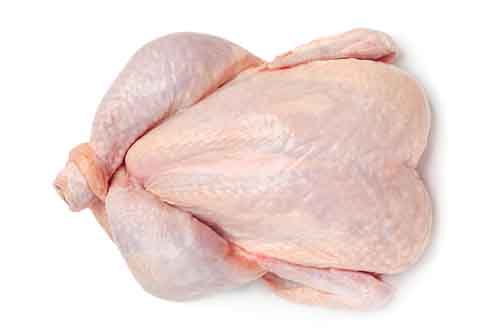



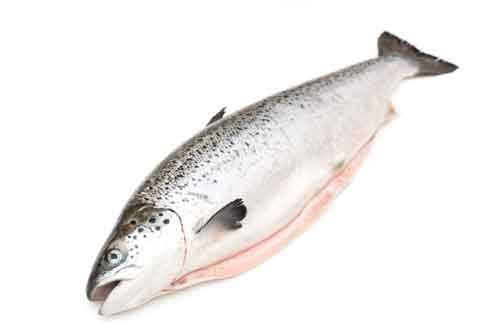

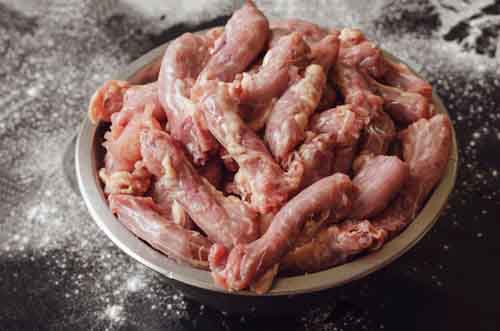

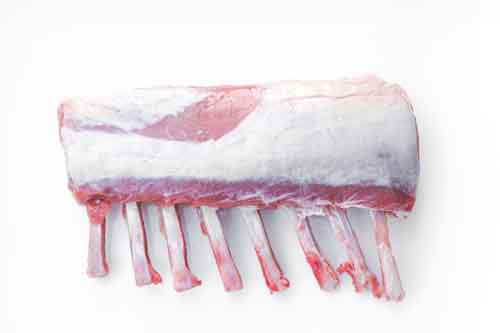


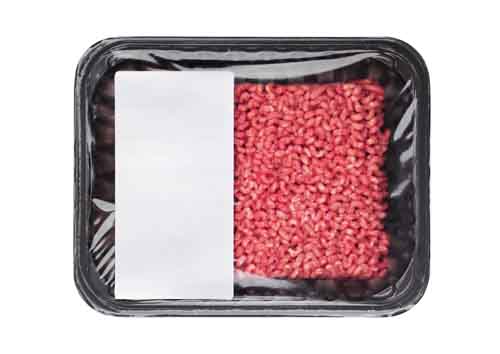
Raw Meaty Bones Diet
For Dogs
To find out more about getting your dog started on a Raw Meaty Bones Diet, click the button below.
Raw Meaty Bones Diet
For Cats
To find out more about getting your cat started on a Raw Meaty Bones Diet, click the button below.
Cybernetic Hypothesis of Periodontal Disease in Mammalian Carnivores
Dr Tom's Lonsdale's Cybernetic Hypothesis of Periodontal Disease in Mammalian Carnivores is a landmark hypothesis, first presented in 1992. The hypothesis builds upon the work of James Lovelock FRS and Professor Lynn Margulis, who propounded the Gaia Hypothesis that the Earth functions as a co-evolved, self-regulating system. The natural diet of carnivores keeps periodontal disease (gum disease) at bay. The hypothesis explains how and why this is a good thing for maintaining the balance of nature. It explains how and why wolves and wild cats are so intent on catching and eating their prey, their raw meaty bones.
However, processed diets, whether cooked or raw, fail to keep periodontal disease under control. Periodontal disease adversely affects other body systems and organs – which in turn exacerbate periodontal disease. A downward spiral of ill-health and suffering ensues for the millions of unfortunate gum-disease affected pets fed a junk food diet. Dr Lonsdale's book, Raw Meaty Bones provides the evidence and scientific insights that support and validate the Cybernetic Hypothesis. The Hypothesis expands our understanding and lays the foundations for a new paradigm of health and disease. You can find out more about the Cybernetic Hypothesis and read Dr Lonsdale's paper, published in the Journal of Veterinary Medicine in 1994 by clicking the buttons, below
